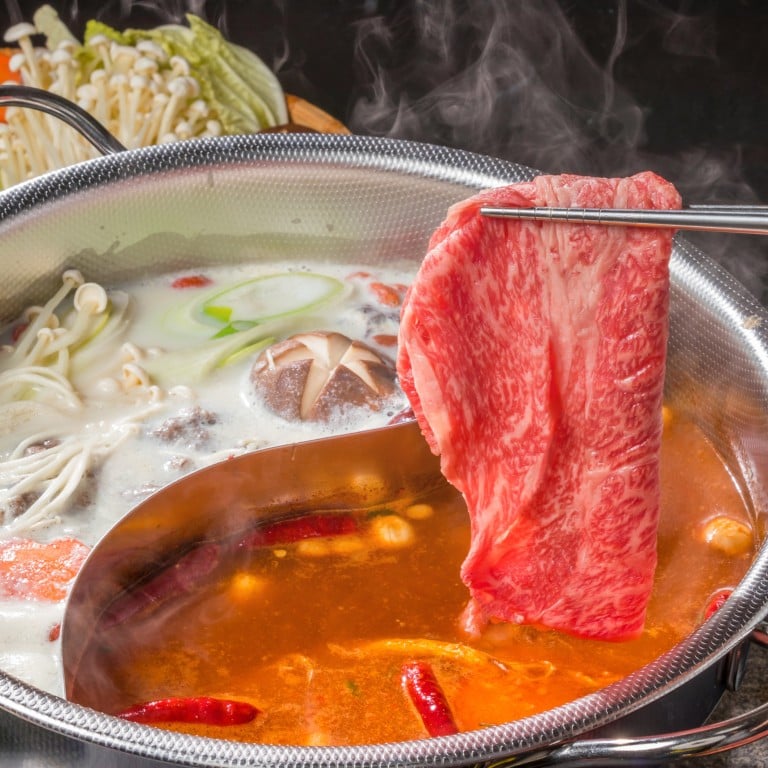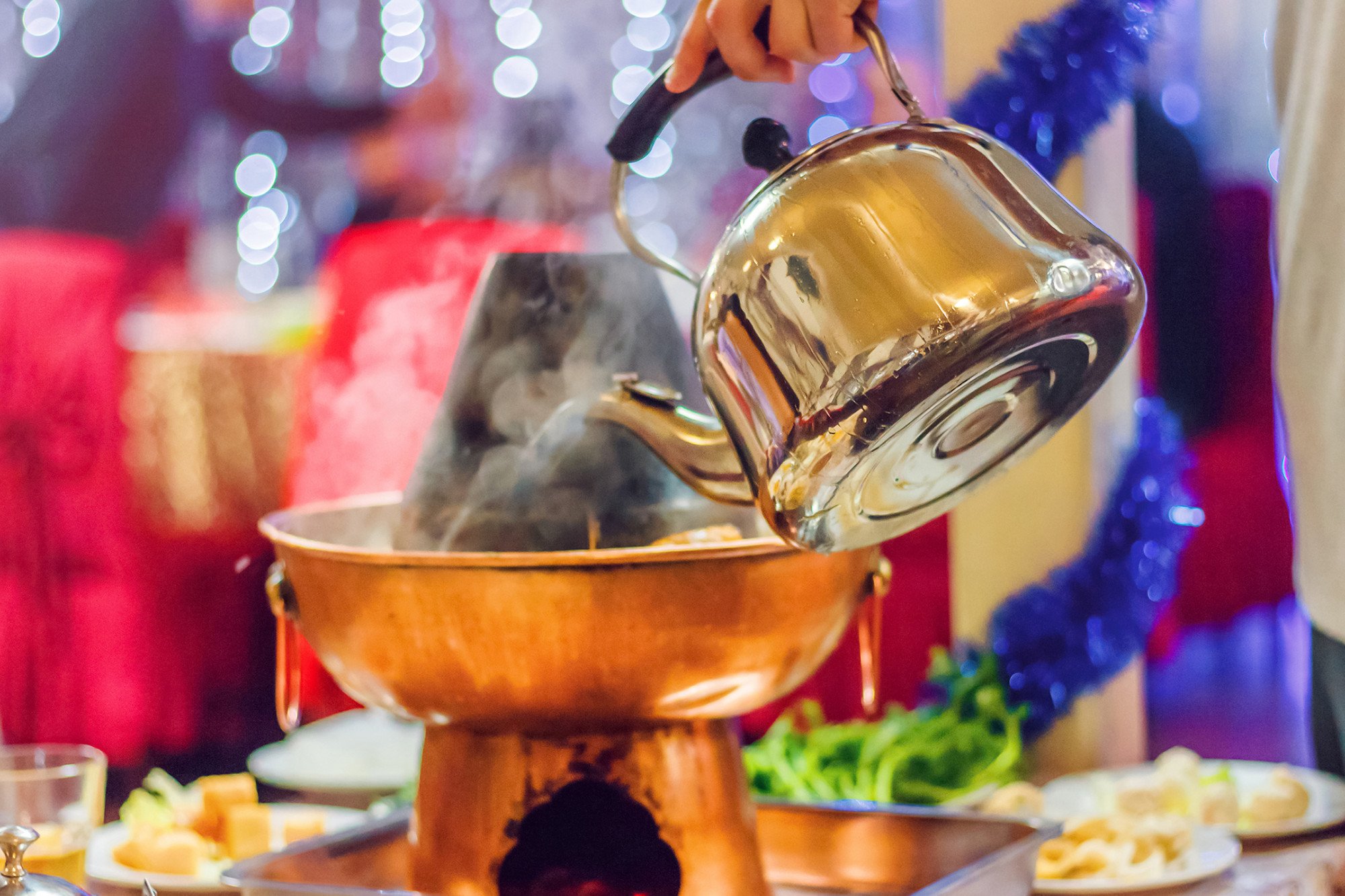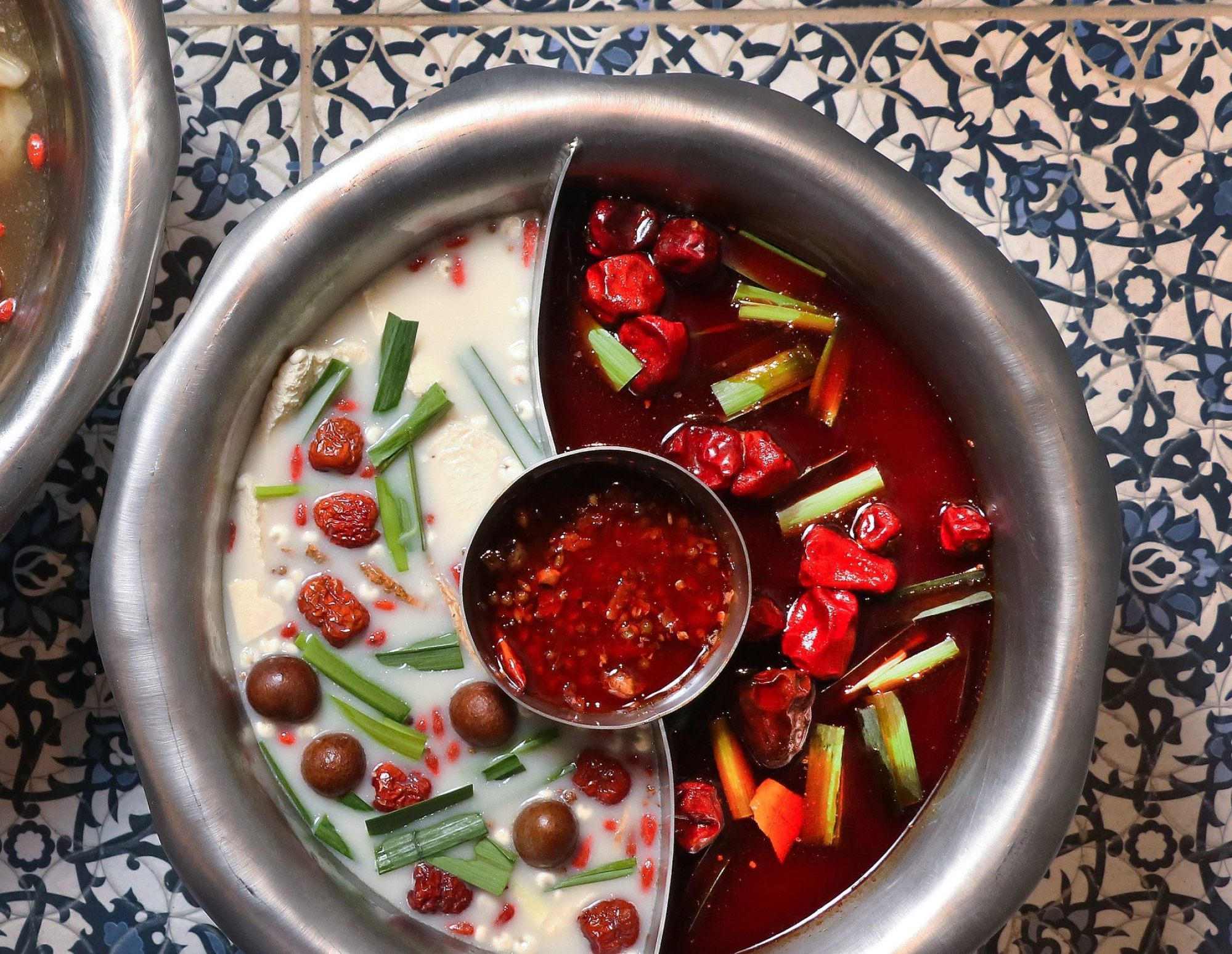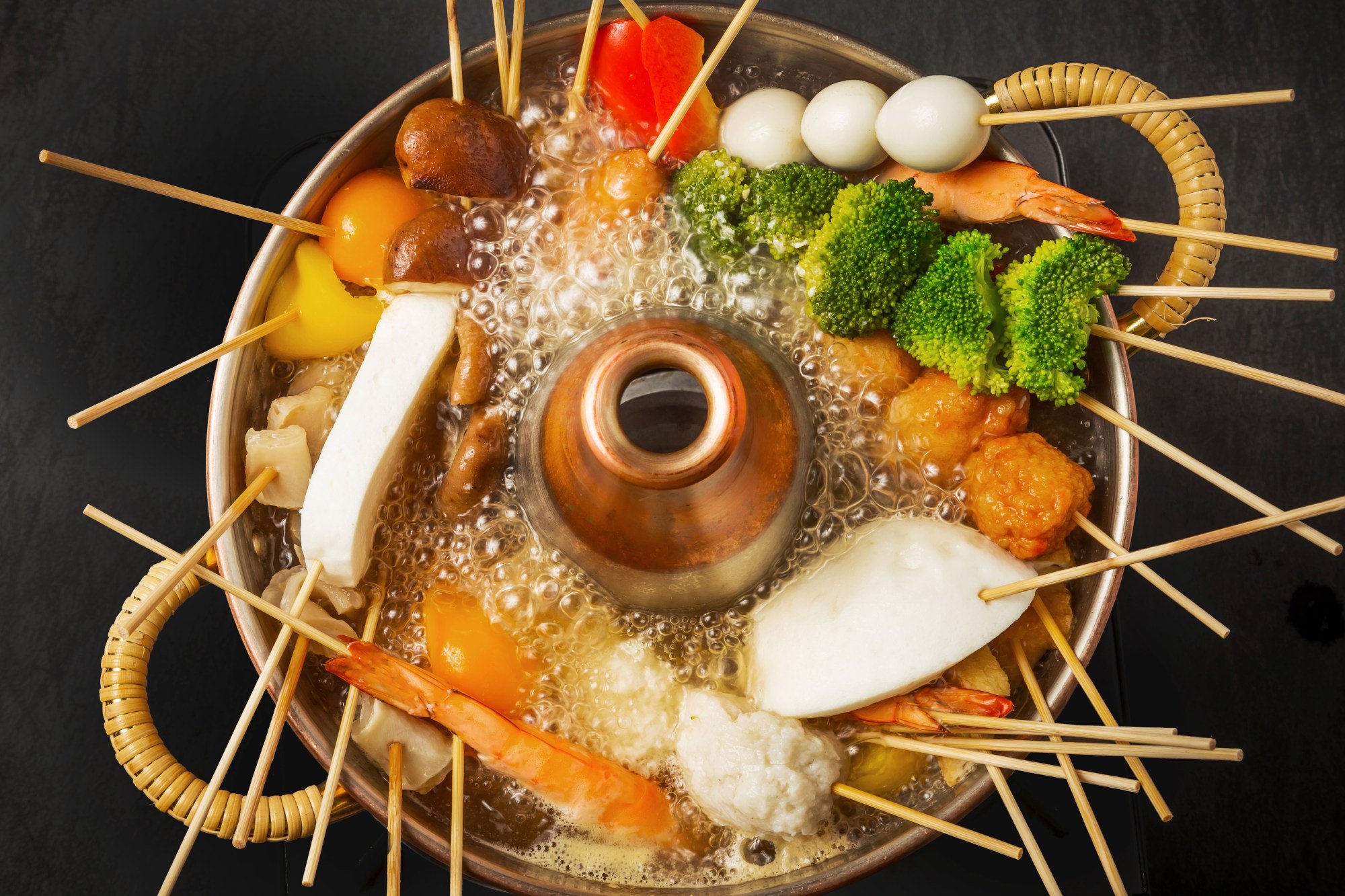
Hong Kong hotpot dos and don’ts: from when to cook what to chopstick etiquette – how to avoid getting yourself in hot water with this year-round favourite
- Hotpot is a Hong Kong favourite whatever the season. While seemingly easy, this communal form of dining has tacit rules that participants ignore at their peril
- From soup separation and pot overcrowding to chopstick etiquette, we reveal important things to remember if you want to be invited to future hotpot gatherings
For some, the heralding of the cooler seasons represents a change in food cravings – as the mercury dips, spindly salads are tossed out in favour of more belly-warming fare. But in Hong Kong, there are some dining habits that remain firm regardless of the temperature outside. We are, of course, talking about hotpot.
There are more than 1,360 hotpot restaurants listed on Hong Kong dining directory OpenRice – from Taiwanese-style “beauty pot” restaurants, where globs of collagen are added to the broth, to rough-around-the-edges diners where pots are heated over charcoal.
While it may seem like a simple meal – pot, stock and edibles of all kinds to dip into the roiling liquid – the challenge of hotpot is that, like any communal act, it is often wrought with unspoken social contracts.

“I added my fatty beef to the pot, and then my girlfriend’s father suddenly dumped a whole load of seafood in afterwards,” he says. “I was enraged. It was so awkward, and my beef ended up being completely overcooked.” Not sure why that innocuous move was a faux pas? Read on for our rules of hotpot – or ignore at your peril.
A solid foundation
If there is a yin yang option, where you can opt for two broth bases instead of one, take it. Our rule of thumb is to choose one milder broth and one that is more pungent and flavourful (spicy or satay, for example). It will save you the trouble of offending people on either end of the spectrum, and boring fans of both.
Divide the table according to who prefers what – I enjoy banishing spicy broth haters to the opposite side of the table.

Keep your chopsticks to yourself
The fact there is a boiling pot of broth in front of you does not mean you can use the same pair for cooking the food as well as eating it.
Use the communal chopsticks for handling raw items. Nobody wants remnants of your saliva in the pot, and you shouldn’t be living with a salmonella death wish.

Boiling point
“Whenever water or soup is added, take food out of the pot only after it is boiling hot,” trills the Hong Kong Centre of Food Safety website, which has notes on enjoying hotpot safely (I ignore the part that tells us not to eat prawn heads, even after boiling the entire crustacean into oblivion.)
Apart from sounding slightly cryptic, there’s actually very little explanation out there for this rule. It is suggested that adding a bunch of raw items to the pot lowers the temperature of the liquid and introduces potential bacteria – which is why Lok felt like he had to leave his beef to die a slow death in the pot while he waited for it to return to the boil.
Flinging raw food into the pot just as someone else’s is nearly cooked just seems like the culinary equivalent of walking into someone’s freshly steam-cleaned home with dirty shoes on.
Don’t take one for the team
On one occasion, I watched in horror as someone tipped in a whole plate of fried bean curd rolls – which are best cooked for a few seconds, no longer! – into the hotpot, ruining it for the entire table as we all scrambled to rescue the pieces. The same has happened with a tray of fatty meat, resulting in stringy and overcooked beef. Hotpot is not a dump it and leave it activity.

Breathing space
Overcrowding the pot muddies the waters, with no one knowing which piece they can lay claim to. If you insist on adding items such as fish balls and dumplings for the whole table, allow for one piece per person, no more. There should be ample space for all ingredients to happily bob away and cook through, leaving gaps in the broth to swish food around.
The order of things
Bookend your hotpot with hardy items in the beginning, like radishes to soak up the flavours of the pot, and starchy items like noodles at the end, to avoid turning the soup into a gloopy mess.

